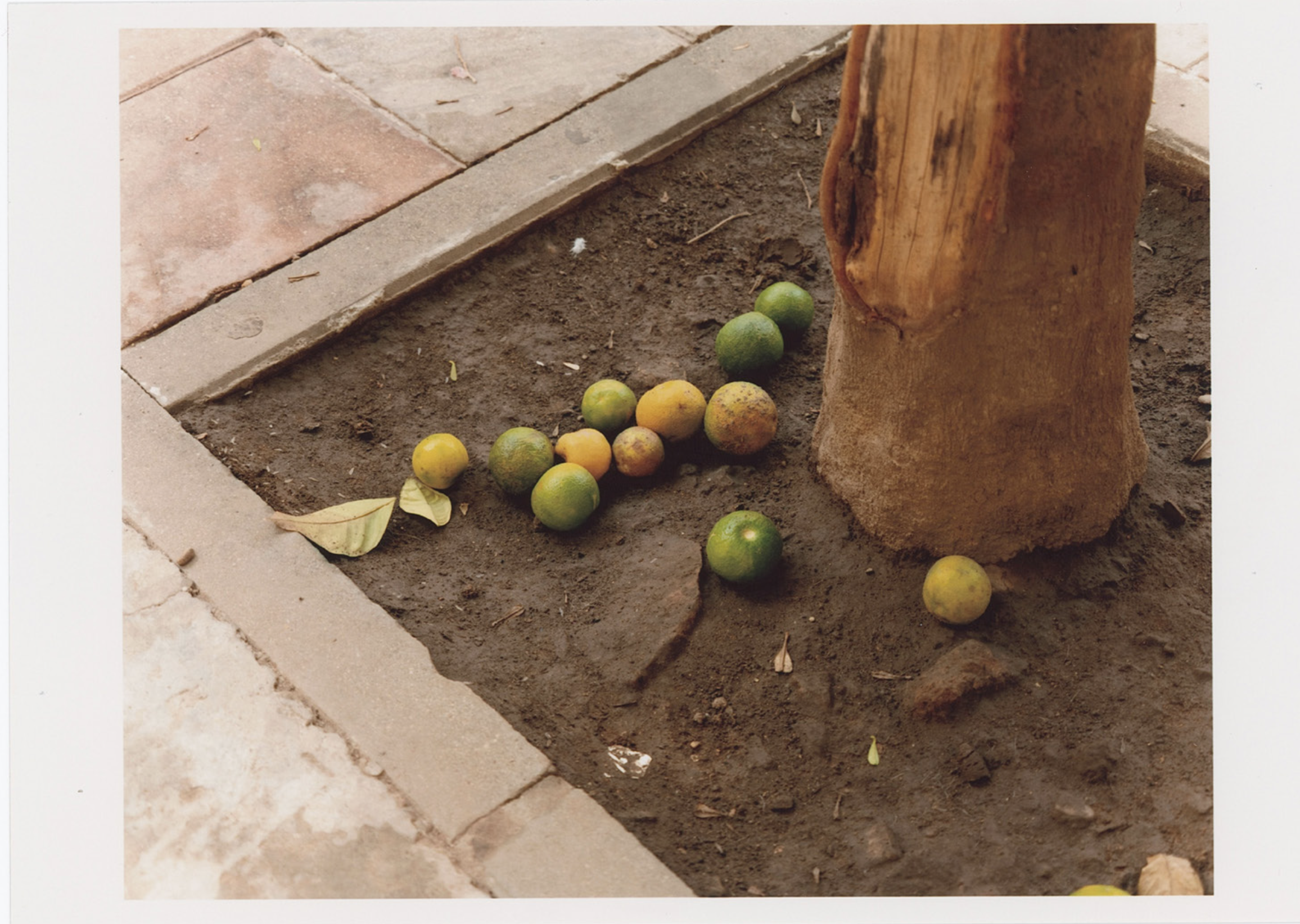Where we are - The basketball Court - Special Issue for the New York Times.

------------
Rap music is a far cry from block parties in the Bronx on Sedgwick Avenue. Today, hip-hop is everywhere and touches everything, and emerges a multi-billion dollar ecosystem 50 years after its humble inception. The art form, born from the rubble of urban distress and decay, remains an act of resistance and self-expression by society’s most vulnerable. This tradition of spoken word and music made from scratch, continues to address the very character of suffering that is iterated throughout inner-city communities around the world. And because hip-hop’s originators are who they are – Black, Latinx, and immigrant youth – we see the genre’s roots in street corner life, group improvisation and social gathering, remain intact in the public spaces historically quintessential to its nurture and popularization.
Not unlike some of the boroughs of New York or the uptown districts of Miami and New Orleans, for instance, el barrio la Barzola in Seville, Spain is home to a diverse and changing neighborhood whose working and low-income families struggle to maintain in a neglected state. Yet, the pulse of community and creative resistance runs through its veins. The relationship between autonomous expression and open spaces seems obvious. The art of rap, like public domain, brings together people from all walks of life. It provides a setting for sociability and where neighborhood residents can gain a sense of self-worth in a society designed to belittle and ostracize them.
Here, people can often gather freely, bargain with their limited resources, negotiate their symbols of status and sense of personhood. In the proverbial neighborhood, in el barrio, the public practice of camaraderie and showmanship is an opportunity to be among equals and to be occasional winners in the game for dreaming big. For a group of aspiring rappers and immigrant youth coming-of-age, the basketball court at Plaza Manuel Garrido serves as a social nexus between them and their neighbors, who, like everyone they know and love, meander the winding paths of daily life looking for something more.
Marjua Estevez for the New York Times
------------
Rap music is a far cry from block parties in the Bronx on Sedgwick Avenue. Today, hip-hop is everywhere and touches everything, and emerges a multi-billion dollar ecosystem 50 years after its humble inception. The art form, born from the rubble of urban distress and decay, remains an act of resistance and self-expression by society’s most vulnerable. This tradition of spoken word and music made from scratch, continues to address the very character of suffering that is iterated throughout inner-city communities around the world. And because hip-hop’s originators are who they are – Black, Latinx, and immigrant youth – we see the genre’s roots in street corner life, group improvisation and social gathering, remain intact in the public spaces historically quintessential to its nurture and popularization.
Not unlike some of the boroughs of New York or the uptown districts of Miami and New Orleans, for instance, el barrio la Barzola in Seville, Spain is home to a diverse and changing neighborhood whose working and low-income families struggle to maintain in a neglected state. Yet, the pulse of community and creative resistance runs through its veins. The relationship between autonomous expression and open spaces seems obvious. The art of rap, like public domain, brings together people from all walks of life. It provides a setting for sociability and where neighborhood residents can gain a sense of self-worth in a society designed to belittle and ostracize them.
Here, people can often gather freely, bargain with their limited resources, negotiate their symbols of status and sense of personhood. In the proverbial neighborhood, in el barrio, the public practice of camaraderie and showmanship is an opportunity to be among equals and to be occasional winners in the game for dreaming big. For a group of aspiring rappers and immigrant youth coming-of-age, the basketball court at Plaza Manuel Garrido serves as a social nexus between them and their neighbors, who, like everyone they know and love, meander the winding paths of daily life looking for something more.
Marjua Estevez for the New York Times
------------







